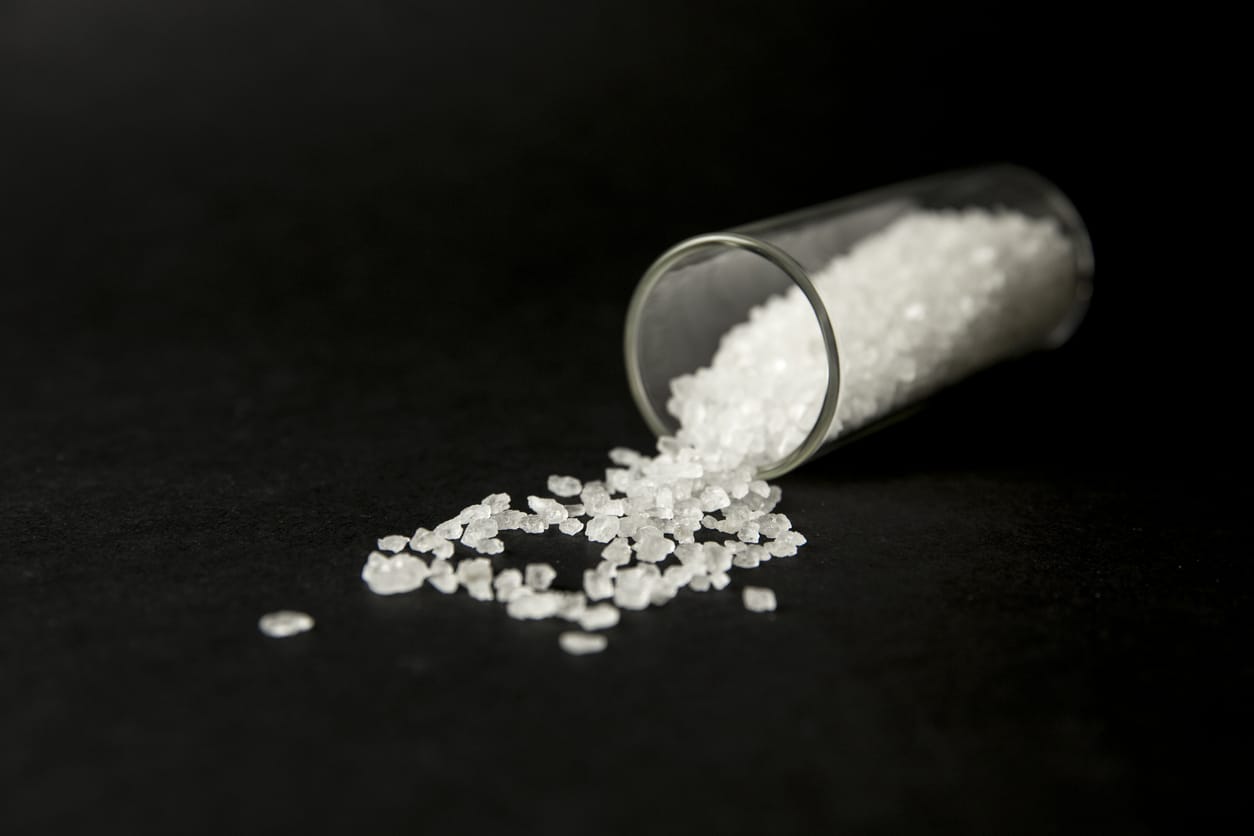While you may not have heard about synthetic cathinones or synthetic cannaboids, many teenagers and young adults have, and it’s become a growing issue for their health and well-being. In fact, nearly one in nine high school seniors have gotten high on synthetic drugs, such as “K2” or “Spice,” second only to the number of teens who have used marijuana.
“Monitoring the Future,” the nation’s most comprehensive survey of teenage drug use, found 11.4% of the high school seniors questioned had used the synthetic substances, often packed as potpourri or herbal incense and sold in convenience stores, which mimic the effects of marijuana.
At convenience stores, smoke shops, and similar type establishments, synthetic cathinones are often sold as “bath salts” or “jewelry cleaner.” On the packages, these substances are labeled “not for human consumption” to hide their intended purpose and avoid Food and Drug Administration (FDA) regulatory oversight. However, these dangerous substances are steadily growing in abuse by teens and young adults.
What Are Cathinones?
Synthetic marijuana is a designer drug whose purpose is to imitate cannabis. The cannabinoid compounds present in synthetic marijuana act on the same cell receptors as those affected by THC in natural marijuana. However, the similarities often end there. Manufacturers take herbs, incense, or other materials that mimic leaves and spray them with lab-synthesized liquid chemicals.
The U.S. Substance Abuse and Mental Health Services Administration indicate that the chemicals used in synthetic pot offer no medical benefit to users and these substances actually have a higher potential for abuse among users.
Bath salts are crystalline powders, typically taking the form of a white or brown powder, similar in appearance to Epsom salts, thus the name. These powders, which are sold in small plastic or foil packages, have similar effects to stimulants like cocaine, meth, or MDMA.
Research has shown that synthetic cathinones, such as bath salts, has an extremely high abuse and addiction potential. Compounding the situation even further, bath salts contain chemical compounds that were never developed for human consumption that can create their own dangerous effects as well. Very little is known how the body processes these chemicals and what the long-term effects will be.
A Rapidly Emerging Threat
According to the Office of National Drug Control Policy, the contents and effects of synthetic cannabinoids and cathinones are unpredictable due to a constantly changing variety of chemicals used in manufacturing processes devoid of quality controls and government regulatory oversight.
Health warnings have been issued by numerous public health authorities and poison control centers describing the adverse health effects associated with the use of synthetic drugs.
Similar to the adverse effects of cocaine, LSD, and methamphetamine, synthetic cathinone use is associated with a variety of health issues such as:
- Increase heart rate and blood pressure
- Chest Pain
- Extreme paranoia
- Hallucinations
- Delusions
- Violent Behavior, which causes users to harm themselves or others
Synthetic cannabinoid side effects meanwhile can include:
- Severe agitation
- Anxiety
- Nausea
- Vomiting
- Tachycardia (fast, racing heartbeat)
- Elevated blood pressure
- Tremors and Seizures
- Hallucinations
- Dilated Pupils
- Suicidal and other harmful thoughts and/or actions
Reports of severe intoxication and the dangerous health effects associated with synthetic drugs make this a growing public safety and health issue. How these substances react with other drugs, whether prescribed or illegal, makes the side effects even more serious and difficult to treat.
Young Adults are the Most Susceptible
Alarmingly, these drugs are shown to be popular with young people. Research from the National Institute on Drug Abuse indicated that, of the 11,406 ER visits associated with synthetic pot, 75% were between the age of 12 and 29.
These substances appear to be popular with teens and young adults due to their accessibility. Synthetic substances do not require stealing prescriptions, or the risks associated with purchasing illegal substances from a drug dealer.
Also readily available for Internet purchase, synthetic drugs represent a dangerous trend in substance abuse. Despite recent temporary bans of selected ingredients by the U.S. Drug Enforcement Administration (DEA), many synthetic drugs remain legal due to the hundreds of formulas in existence. Because they are often legal, many young adults might not perceive these substances as dangerous.
We Can Help
Synthetic drugs are especially problematic for those who already have addiction issues or other mental health conditions. These substances are extremely addictive, and the effects of withdrawal, especially in the case of bath salts, can be dangerous for the user as well.

